- Wednesday, 7 January 2026
Nepal's Enduring Bonds With Russia
The USSR may be gone, but the bridges it constructed in Nepal continue to significantly ease the lives of millions of Nepalis. Built along the east-west highway in 1972, these Soviet-built bridges will remain in use in 2024, offering enduring benefits from infrastructure projects completed over 52 years ago. Reflecting on this, blogger Dinesh Wagle questions how different it might have been if the Russians had opted for “capacity building’, a more typical approach among other donor countries.
Nepal and the Russian Federation today mark the 68th anniversary of the establishment of diplomatic relations between them. In 1957, the Soviet Union had just reached its peak of development and was ready to fly into space after 40 years of the October Revolution, unrest, wars, and construction. In the same year, the two nations opened their bilateral ties, which have spread to diverse fields of mutual cooperation and development.
It should be considered a mere coincidence that in October 1957, the Soviet Union launched the first artificial satellite into space, and since then, the Soviet government has started providing scholarships to Nepali students for higher studies. Since then, more than 7,000 specialists have graduated from different Soviet and Russian universities. Many of them have been working as scientists, engineers, doctors, and agronomists, among others. Apart from producing highly skilled human resources for the country, it has also provided significant development assistance to Nepal in the establishment of vital infrastructure in the agriculture, industry, and transportation sectors. Russian cooperation in building physical and industrial infrastructure contributed to accelerating the modernization process in Nepal in the past.
Panauti Hydropower is the first megawatt (MW) capacity station constructed with the assistance of the Soviet Union in 1965 and continues to operate to this day. The four-kilometre headrace canal built as part of this project has turned thousands of hectares of land into fertile land for the cultivation of cash crops. This is why Panauti is popular for potatoes. Premises built then for the residence of the project still serve as the accommodation for Khopasi Hospital.
The Janakpur Cigarette Factory was another popular industry built as a gift from the Soviet Union. The factory was the market leader during its heyday. It manufactured a slew of brands, each of which had a dedicated fan following. Initially, two billion cigarettes were produced annually from this factory. It is very painful that the company closed down in the course of privatisation in 2010.
Birgunj Sugar Factory, another milestone of the country's industrial development, was established in 1964 with the help of the USSR. It produced sugar and encouraged farmers to plant sugarcane as a lucrative crop. The factory had the capability of crushing 1,500 metric tonnes of sugarcane and producing 10 metric tonnes of crystal sugar per day, as well as molasses. Once a flourishing public enterprise, the company started on its path to ruin on February 16, 2000, when the Cabinet decided to privatise it.
Nepal’s only agricultural tool factory, established in Birgunj with the help of the Soviet Union in 1968, was another unique project. The factory produced agricultural tools like ploughs, tillers, threshers, pumps, etc. At that time, Birgunj's products were preferred not only by the local farmers but also by those in the neighbouring country, and Nepal used to export some of the agricultural supplies to India.
The Soviet Union was the first country to support the request of the late King Mahendra in the international arena to help Nepal build the East-West Highway. The Dhalkebar-Pathlaiya section, one of the longest 109-km stretches of Mahendra Highway, was constructed with the assistance of the USSR. After the involvement of the Soviet Union, other countries also supported the highway construction.
Kanti Children's Hospital is another institution set up with the assistance of Russia. This is one of the pioneer children’s hospitals established in 1963. This was vital humanitarian aid to Nepal. Besides, Nepal Rosin and Turpentine Limited was established in 1987 in the far western part of the country with the assistance of the former USSR.
With the adoption of a liberalisation policy, almost all key industries gifted as tokens of love from the Soviet people have remained shut since 2003 and are now limited only to history.
Present context
Bilateral ties between Russia and Nepal slowed down when both countries entered a phase of political transition during the late 1980s and early 1990s. After the collapse of the Soviet Union, the Kremlin's development aid to Nepal dried up. A cooperation agreement between the Federation of Nepali Chambers of Commerce and Industry and the Russian Chamber of Commerce and Industry was signed in 2011. There are possibilities in joint industrial ventures. Russian expertise in the energy sector (a sector in which the Russian Federation has a long and leading experience) could be of tremendous importance for Nepal. Russian technology related to hydropower plants, accessories, and non-conventional use of energy is considered to be particularly suitable for Nepal.
The influx of Russian tourists is increasing. Lumbini and the Himalayas are places of prominent attraction to Russians. The Russian Federation extended support for the relief of the victims in the aftermath of the devastating earthquakes of 2015. A Russian Buddhist temple is being built in Lumbini. Russia has continued to provide scholarships to Nepali students. From now on, the full scholarship quota has been increased from 50 to 250.
During National Assembly Chairman Ganesh P. Timilsina's visit to Russia last year, the Russian Embassy sent a letter to Nepal on May 4, 2023, asking for detailed proposals for 13 different projects that included Pokhara-Parbat-Ridi Road, Children's Cancer Hospital, EastWest Railway, scholarships, etc. In a brief interview with the media, the Russian side said: "Be it food, fertiliser, or fuel, we are ready to extend our helping hand. But we've not received any formal requests from Nepal so far.”
Similarly, in a meeting with Physical Infrastructure and Transport Minister Prakash Jwala on August 21, 2023, on behalf of the Russian Federation ambassador to Nepal, Alexey Novikov, the proposal related to the country's railway projects, including the Kathmandu Metro project.
During the Cold War, Nepal adhered to the principle of non-alignment. Russia respected the non-aligned foreign policy that Nepal had been pursuing for a long time. The Soviet Union was the country that selflessly helped Nepal in the industrialization of the agriculture sector. We can't forget the Russian cooperation extended to us in a myriad of sectors. On this significant day, we are thankful to the Russian government and people for their continuous support and cooperation. Long live the Nepal-Russia friendship!
(An engineer by profession, the author is a graduate of the Soviet University.)



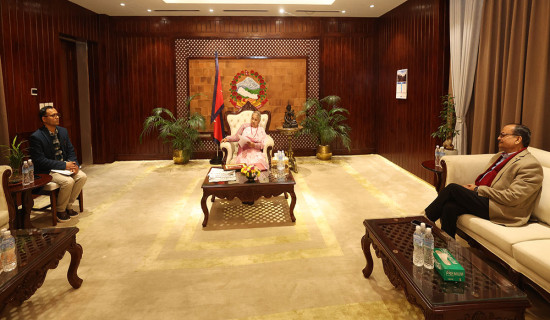
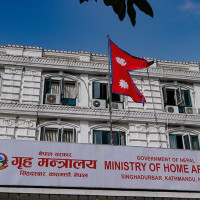

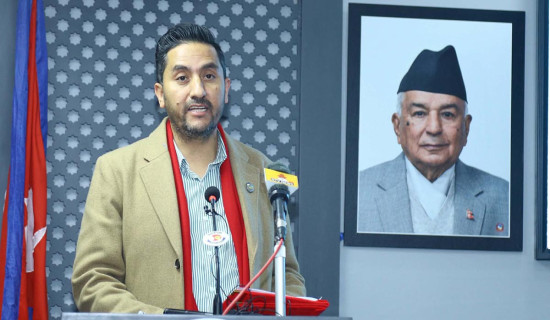
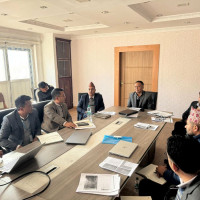
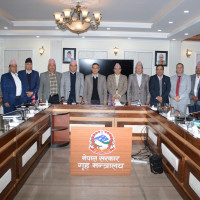



-original-thumb.jpg)



